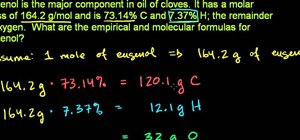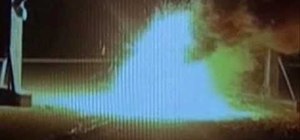Ignore the following paragraph if you know how the doppler effect works mathematically.
The Doppler effect is f=((v+-vo)/(V+-ve))fo where V is the speed of sound, vo is the velocity of the observer and ve is the speed of the emitter. You change the sign so that the equation makes sense. If the observer is headed towards the emitter it is v+ vo because this increases the frequency. Similarly, if the emitter is heading towards the observer it is a minus which increases the ratio and increases the frequency which makes sense.
Let's say the speed of sound is 340m/s. Imagine the observer is headed away from the emitter at 339.5 m/s and the emitter is chasing the observer at 339 m/s. Since the observer is headed away it's a minus on top and since the emitter is heading towards its a minus on the bottom. tthis makes the ratio .5/1 and when multiplied with the original frequency yields a large change when they are only moving 0.5 m/s away from each other in relative motion. Interestingly, if you change the velocities to 339.9 and 339.5 you get an even larger change despite a smaller relative motion.
All of the websites I have been on have simply pasted this same equation with these same rules saying the same thing. Some even give a disclaimer that the equation doesn't work when going faster or as fast as the speed of sound but none say anything about the equation being wrong when near the speed of sound. Even if you change the velocities to something more like 330 and 320 it is still off. I am wondering if there is a cut off to where this equation is wrong or is it just always a little bit wrong and when you get to higher velocities it gets extremely wrong? If you take the relative motion and only use that you can make a new equation but this equation doesn't show up in search results.
I am looking for a physicist or someone knowledgable on this topic to explain what's going on to me.

































Be the First to Respond
Share Your Thoughts